Safety Culture
Following Uberlingen and Milan accidents, EUROCONTROL led a programme of work which initially borrowed safety culture skills from the nuclear power domain, and adapted them for air traffic control organisations (air navigation service providers, or ANSPs). This was a non-mandatory programme, and starting out with just three ANSPs back in 2005, it caught on, and today 33 countries have undertaken safety culture surveys, many several times. They do so because it is one of few means to really determine the state of safety culture in an organization. As Knut Skaar, then CEO for Avinor in Norway once told his fellow CEOs, “If you want to find out your real risks, do one of these surveys.”
Future Sky Safety has adapted the safety culture approach for wider use in aviation, applying it fully in airlines (Easyjet and KLM), six organisations at London Luton Airport in the UK, and inside a major airframe manufacturer. It is hoped that other organisations try it and realise the benefits. The guidance and links in this part of the website are there to help companies understand more about the process, what it entails, and what it can deliver. If however, an organization wishes to proceed, it is recommended to contact a professional in this area, whether via this website’s contact page, or by seeking out companies or universities who specialize in the area.
“Safety culture means that I do it right when no one is looking.”
“It is not a question of having, or not having, safety culture; if you want a good safety picture, you have to have it.”
“On being asked why Skyguide got into safety culture, the response was: “Why wouldn’t we? A Safety Management System is important, but without a positive safety culture it is useless.”
“AVINOR was to some extent a guinea pig for the survey process back in 2007, but incidents were going up, and we needed to do something different.”
“It has changed the way the Executive Board deals with safety. Now, we do really try and drive safety culture from the top.”


























